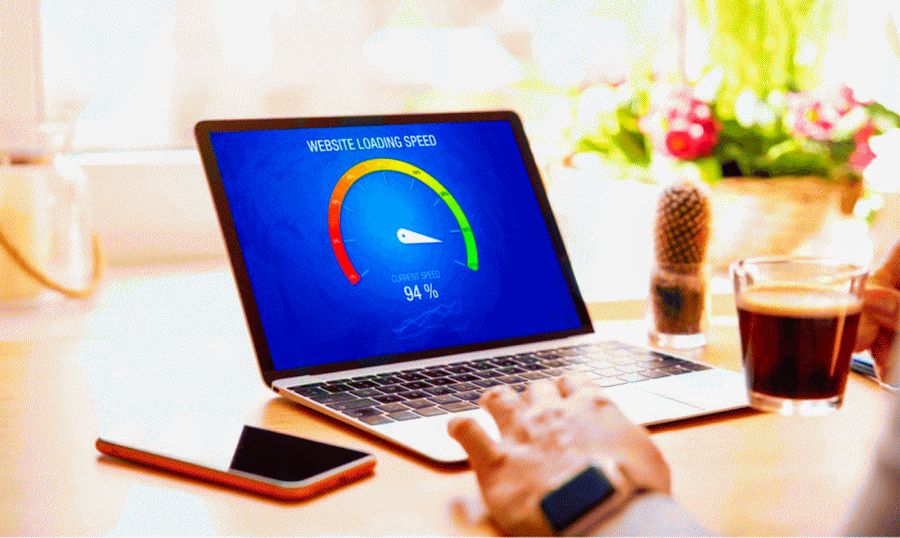How to Improve the Loading Speed of Blog Posts? Are you looking to boost the loading speed of your blog posts? In today’s fast-paced digital world, site visitors expect instant access to content and slow-loading pages can drive them away. Luckily, there are several steps you can take to enhance the performance of your blog and provide a seamless browsing experience for your readers.
How to Improve the Loading Speed of Blog Posts: Top Tips for Faster Loading Speed

Why is Loading Speed Important for Blog Posts?
Before we delve into the strategies to improve loading speed, let’s first understand why it is crucial for your blog. Faster loading times not only enhance user experience but also have a significant impact on your website’s search engine ranking. Search engines like Google prioritize sites that load quickly, which can lead to higher visibility and increased traffic.
Tips to Enhance Loading Speed
1. Optimize Images
Images play a crucial role in engaging readers, but large image files can slow down your blog’s loading speed. Make sure to compress images before uploading them to your blog. Additionally, consider using lazy loading techniques to delay the loading of off-screen images until the user scrolls to them.
2. Minimize HTTP Requests
Each element on your blog, such as images, scripts, and stylesheets, requires an HTTP request to load. Minimizing the number of these requests can significantly speed up your blog. Combine multiple files into one whenever possible and utilize browser caching to reduce server response time.
3. Enable Gzip Compression
It reduces the size of your web pages, speeding up load times for your readers. Most web servers support Gzip compression, so make sure to enable it to compress your pages before serving them to visitors.
4. Use a Content Delivery Network (CDN)
A CDN distributes your blog’s static content like images, CSS, and JavaScript files across multiple servers worldwide. By serving content from the server closest to the user, a CDN reduces latency and improves loading speed. Consider integrating a CDN into your blog for faster performance.
5. Optimize CSS and JavaScript
Poorly optimized CSS and JavaScript files can slow down your blog significantly. Minimize and combine these files to reduce the number of requests made by the browser. You can also use tools like Minify and Gulp to streamline your CSS and JavaScript code.
6. Monitor and Test Loading Speed
Regularly monitor your blog’s loading speed using tools like Google PageSpeed Insights or GTmetrix. These tools provide valuable insights into areas where you can further optimize your blog for speed. Test different strategies and monitor the impact on loading times to find the most effective solutions for your site.
Conclusion
In conclusion, improving the loading speed of your blog posts is essential for providing a positive user experience and boosting your search engine rankings. By following the tips mentioned above and consistently optimizing your blog’s performance, you can ensure that your content loads quickly and keeps readers engaged. Remember, a fast-loading blog is not only beneficial for your audience but also for your blog’s overall success in the digital landscape.

